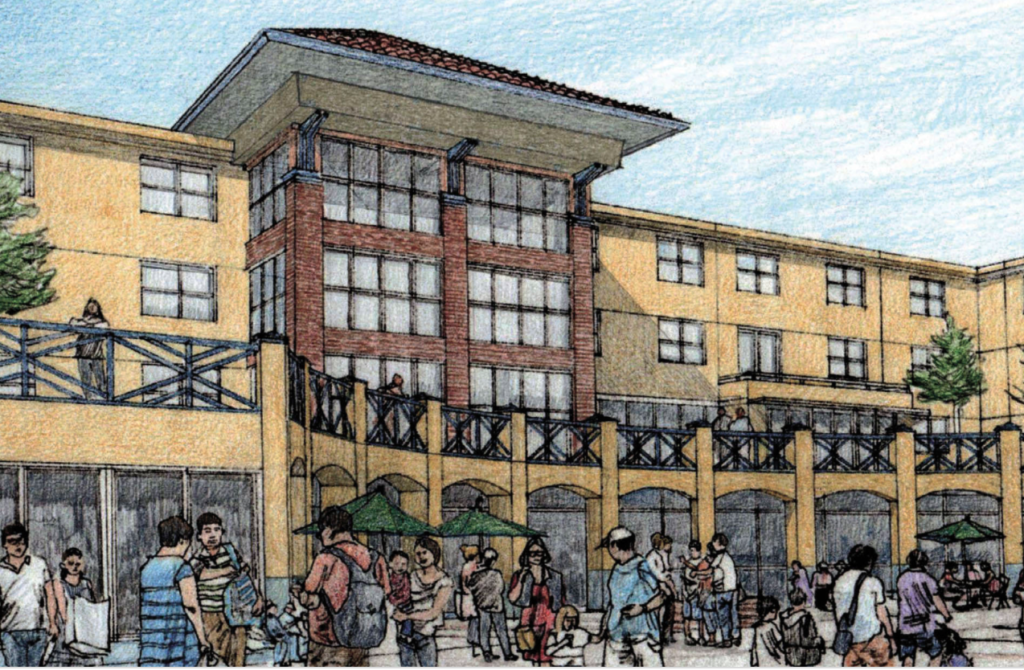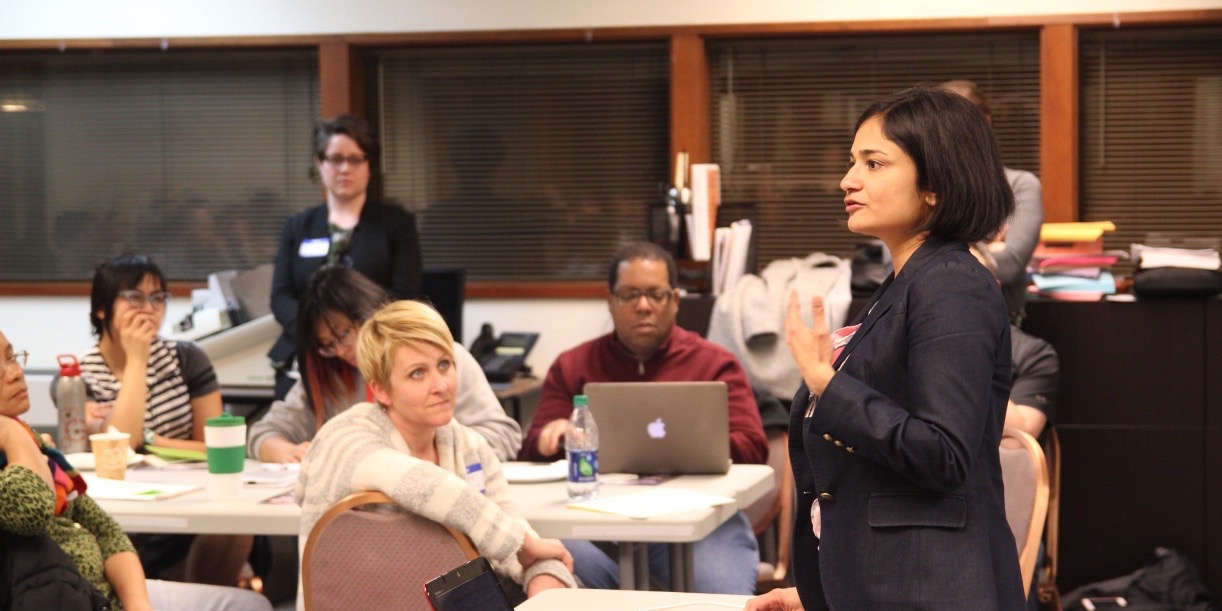On Monday, I made the case that climate change is one of the biggest threats to social, economic and racial equity. But, how, specifically could climate change impact Seattle? And what does this mean for low-income people and people of color?
As a coastal city, Seattle will be directly affected by climate change. We can expect more extreme heat in the summer, more rain in the winter and the possibility of severe storms. But even more startling, by 2100, just 85 years from now, scientists predict sea levels will rise in Elliott Bay by 6 to 50 inches. If nothing is done to mitigate climate change, land area with substantial value will be lost. This includes parts of downtown Seattle, parts of West Seattle, South Park, Georgetown and the Port of Seattle. Georgetown and South Park are two neighborhoods where the population is disproportionately people of color and lower-income families. In addition, local, good-paying maritime jobs and our food sources are at risk as port facilities, seafood beds and fishing fleets are threatened.
Despite these impacts, scientists say our region will fare much better than many other regions across the country. In fact, climatologists predict that our region will be one of the ideal places to move to avoid the extreme weather and unbearable heat we can expect across the country. Clifford Mass predicts that the Pacific Northwest will become a “potential climate refuge”. If this is true, our region must not only prepare for the impacts of climate change, but also for population growth over the next 80 to 100 years.
But even before we see an influx of new residents as a result of climate change – Seattle is already grappling with a dramatic growth of higher-income earning households moving to the city, resulting in a shortage of apartments and skyrocketing rents. On the supply side, developers are largely building new housing for the upper end of the rental market, leaving a massive gap at the middle and bottom. As a result, Seattle is already seeing displacement of communities of color – especially immigrant and African American communities – to the suburbs.
This displacement is occurring just as Seattle has emerged as one of the nation’s most sustainable cities. Seattle is a leader on curbing carbon emissions and preparing for the worst of climate change affects. We’ve launched large-scale energy efficiency building retrofits, implemented sustainable building practices, invested in light rail and streetcars, expanded bikeways, planned for transit oriented development, piloted urban farming and food forests and crafted an ambitious Climate Action Plan.
Which leads us to wonder, are we investing public resources into a climate-resilient city just in time for communities of color to be forced out? This future is possible, but not inevitable. If policy makers, environmentalists and equity advocates plan together to adapt our city for both growth and climate change, we can build a green and brown city, where all families can live and prosper.


